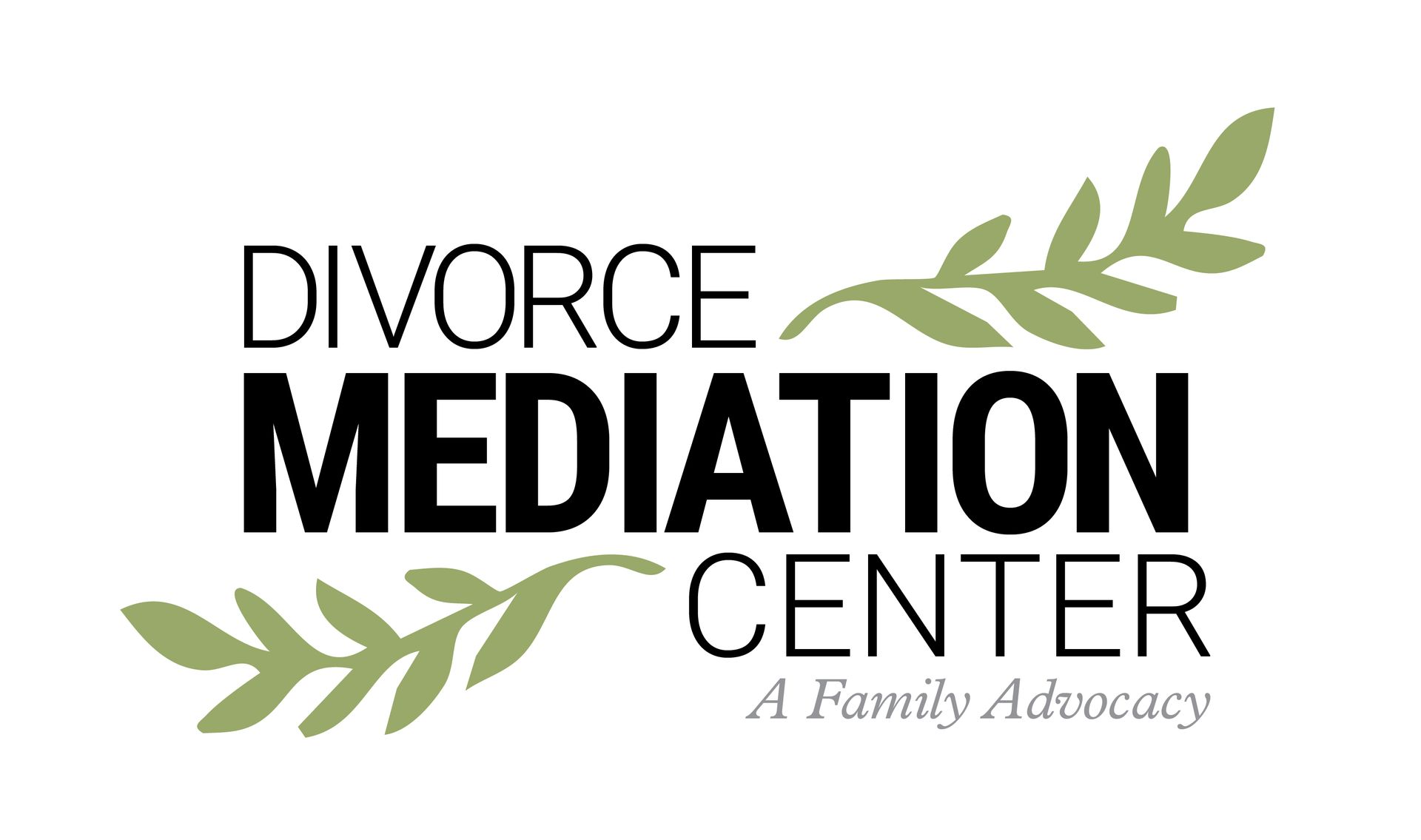How to Address Family Home During Divorce
What options do you have regarding the family home during your divorce? Your family home may very well be the most valuable family asset you have. Many divorcing individuals want to stay in the family home after the divorce is final however some consideration should be given to 5 other options you may have. Agreeing to sell the family home, split the proceeds and downsizing to a smaller/less expensive living arrangement can be a freeing experience, both financially and emotionally. If you decide to keep and stay in the home as your part of the financial settlement, you may find yourself under enormous financial pressure. Consider all of the expenses of taking on the home ownership versus renting a house or townhome:
Expenses of Ownership
Mortgage payment (can your individual income qualify for a loan as a borrower with your lender?)
Home Owner Insurance
Utilities of a large dwelling (may be more room than you actually need)
Home Owner Association dues
Real EstateTaxes
Upkeep, maintenance and expenses related to appliances, HVAC, Hot Water Heater, roof, etc.
Expenses of Downsizing and Renting
Rent
Rental Insurance
Utilities of a smaller dwelling
Brad Burns, Certified Divorce Financial Analyst, Certified Distressed Property Expert offers the following 5 options for the family home :
When a property has equity and payments are current:
- List the home for Sale and divide net proceeds after tax and other costs
- Refinance the Mortgage and seek additional funds for one party to reimburse the other for their share of the equitable interest
- One party retains the home and chooses to occupy it if they can afford the home expenses once the divorce is finalized
- Agree to sell the home at a future date while one party or a Qualified Lessee occupies the house
- One party retains ownership of the home while the other party rents from the retaining party, this option can have tax advantages for one party which should be considered in the overall settlement
When a property has negative equity and is possibly in distress:
- Enter into a Short Sale agreement of the home with the lender. In this case it is possible to avoid foreclosure, consult a Certified Distressed Property Expert for advice
- Modify the loan through the lender and utilize government programs if you are qualified to make payments to avoid a foreclosure
- List the home for Lease to help maintain the mortgage if neither party can afford to remain in the home
When weighing what option is right for you, consider that home ownership can cost anywhere from $10,000 to $20,000 more annually than renting a dwelling. If one is uncertain as to their financial stability initially post divorce, it is wise to reduce your monthly living expenses as much as possible to reduce stress, especially for those stay-at-home spouses looking to re-enter the workforce who are uncertain about their earning capacity. Many individuals have been happy to liquidate this valuable asset, pad their bank account and reduce their financial obligations as they seek financial independence.
More financial settlement advice and tips in Transitions Divorce® Prep Workbook
Disclosure of Material Connection : I have not received any compensation for writing this post. I am disclosing this in accordance with the Federal Trade Commission’s 16 CFR. Part 255: “Guides Concerning the Use of endorsements and Testimonials in Advertising.”
Disclaimer: This is my personal blog. The opinions I express here do not necessarily represent those of my organization, Transitions Resource, LLC. The information I provide is on an as-is basis. I make no representations as to accuracy, completeness, suitability, or validity of any information on this blog and will not be liable for any errors, omissions, or delays in this information or any losses, injuries, or damages arising from its use.
The post How to Address Family Home During Divorce first appeared on Divorce Mediation Center.





